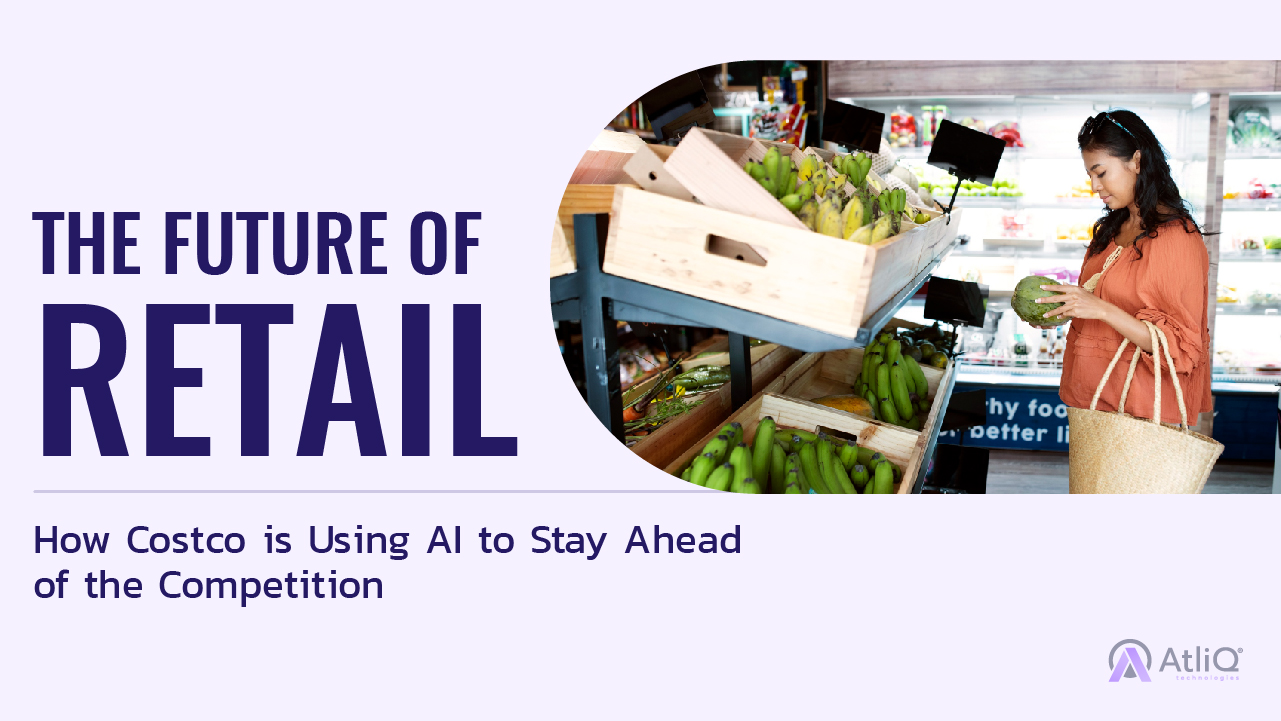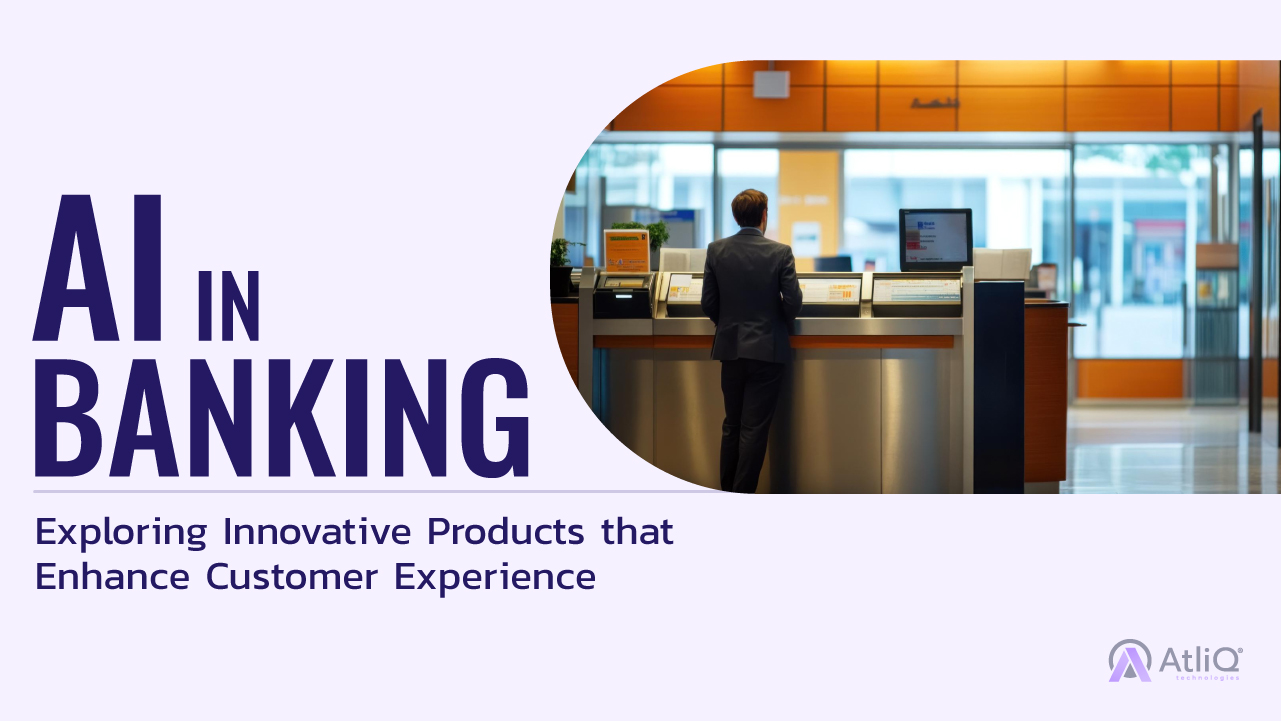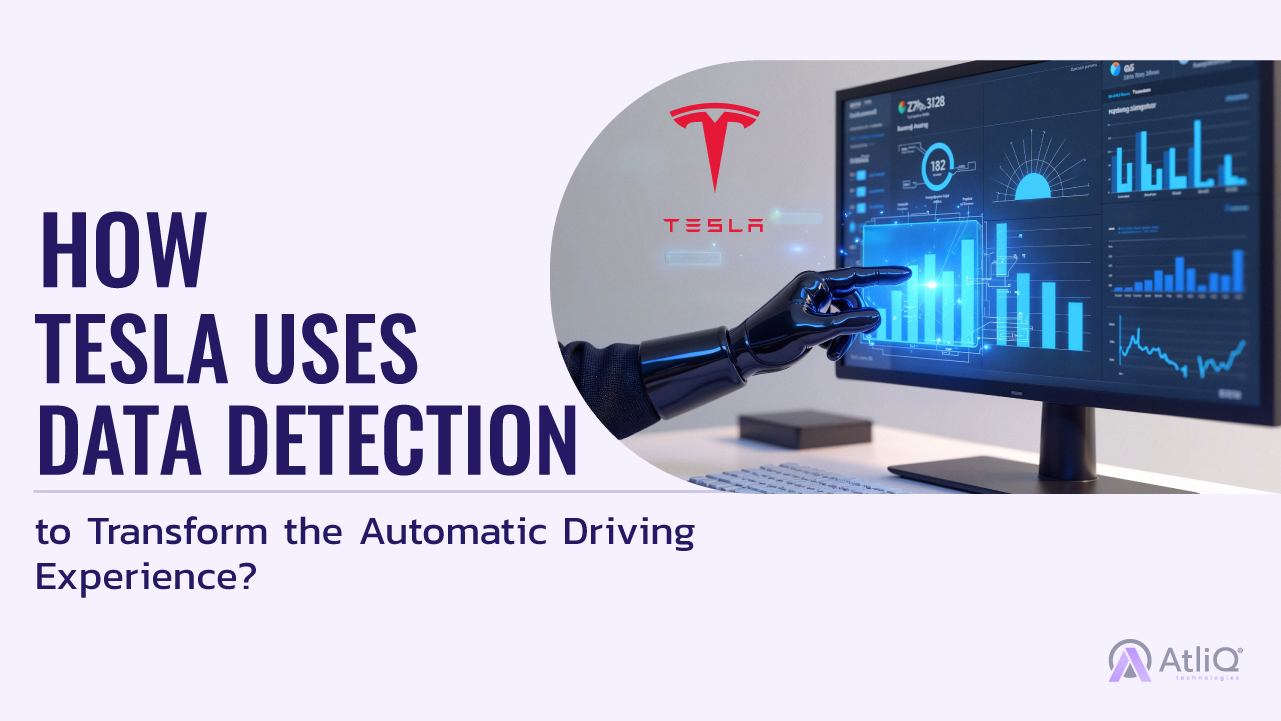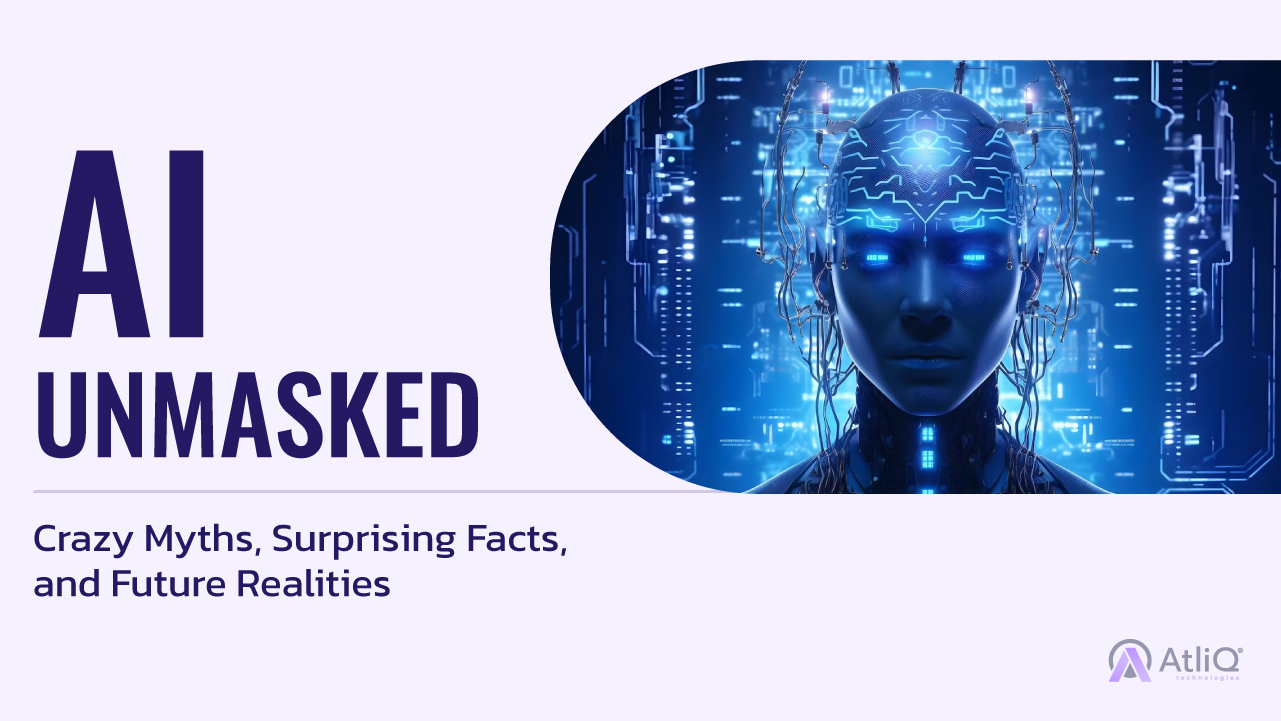
Imagine a friend who can be anything you want them to be. A doctor who can diagnose diseases with a glance, a chef who can whip up gourmet meals from scraps, or an artist who can paint masterpieces in seconds. That’s AI, the imaginary friend of technology, always learning, always growing, and always pushing the boundaries of what’s possible.
AI is the mirror of the mind, reflecting back the best and worst of ourselves. It can create art that inspires and uplifts, but it can also be used to manipulate and deceive. It’s up to us to decide how we use this powerful tool, to make sure that AI becomes a force for good in the world.
AI is the future, but it’s also the present. It’s in the smartphones that guide us through our day, the cars that drive themselves, and the medical devices that save lives. AI is shaping our world, one bit at a time, and it’s up to us to make sure that future is bright.
Myths and misconceptions abound, often clouding our understanding of this transformative technology. So, why delve into the maze of myths and facts?
- Dispelling Uncertainty: By separating fact from fiction, we aim to dispel the uncertainty surrounding AI, providing a clearer understanding of its capabilities and limitations.
- Informing Conversations: Informed discussions are crucial. Exploring myths and facts ensures conversations about AI are grounded in reality, fostering responsible development and ethical considerations.
- Mitigating Misconceptions: Addressing exaggerated portrayals in popular culture, we aim to mitigate unfounded fears and misconceptions, fostering trust in the capabilities of AI.
- Fostering Ethical Awareness: Delving into ethical considerations surrounding AI guides responsible deployment, aligning technology with societal values.
- Empowering Decision-Makers: Understanding the truths and falsehoods empowers decision-makers, from policymakers to individuals, in making informed choices about AI integration.
Myths about AI
Artificial Intelligence (AI) has captivated the human imagination for decades, giving rise to a tapestry of myths that often blur the lines between reality and fiction. In this exploration, we peel back the layers to reveal the truth behind some pervasive myths about AI.
- Hollywood Portrayals and Misconceptions: Hollywood has been a powerful influencer in shaping public perceptions of AI. From malevolent robots plotting world domination to sentient machines enslaving humanity, these portrayals have fueled the myth that AI is on the brink of taking over the world. The introduction of AI in hollywood started right in 1927, with the movie Metropolis, and have been continuing ever since. However, it’s crucial to distinguish between cinematic fiction and real-world capabilities.
- Reality Check- Current Limitations of AI: The reality is that AI, as of now, operates within well-defined boundaries. Current AI systems lack true consciousness, self-awareness, and the ability to formulate independent goals. While AI excels at specific tasks, it falls short in understanding context, complex reasoning, and emotional intelligence. The prospect of AI world domination remains firmly within the realm of science fiction.
- Common Belief in AI Perfection: There exists a common misconception that AI, once programmed, is infallible and impervious to errors. This belief stems from an idealized view of AI as an omnipotent entity that outshines human intellect. However, the truth lies in the acknowledgment of AI’s inherent fallibility.
- Examples of AI Failures and Limitations: AI, like any human creation, is prone to errors. From misinterpretations of data to biased algorithms, AI systems can exhibit flaws. Famous instances, such as misidentifications in facial recognition or biased decision-making in hiring processes, underscore the need for continuous improvement and ethical considerations in AI development.
- Popular Culture Influence on AI Perceptions: Pop culture often portrays AI as humanoid robots with human-like features and emotions. This has led to the misconception that AI is confined to humanoid forms. However, AI’s versatility extends far beyond these anthropomorphic representations.
- Diverse Applications Beyond Humanoid Robots: AI manifests in diverse applications, from voice-activated virtual assistants to recommendation algorithms shaping our digital experiences. Machine learning algorithms and AI-driven systems power innovations in healthcare, finance, transportation, and more. The reality is that AI’s impact is felt across industries, transcending the limitations of a humanoid facade.
Real Facts about AI
Artificial Intelligence (AI) is not just a futuristic concept; it’s a dynamic force reshaping the present. In navigating the facts about AI, we find a landscape that is both promising and complex. By understanding these realities, we pave the way for a future where AI augments human potential, addresses biases, sets realistic expectations, and prioritizes ethical considerations in responsible development.
AI Enhances Human Capabilities
- Examples of AI Augmenting Human Skills: Far from replacing humans, AI is a powerful tool that enhances our capabilities. In healthcare, AI aids in diagnosing diseases with unprecedented accuracy. In education, AI-powered platforms personalize learning experiences. Industrial settings benefit from AI’s ability to optimize processes, improving efficiency and reducing errors. These examples underscore AI’s role as a supportive force, amplifying human potential.
- Collaborative Efforts Between AI and Humans: Collaboration between humans and AI is not just a possibility; it’s a reality. AI-driven tools assist professionals in diverse fields, from data analysis in research to design in creative industries. The synergy between human intuition and AI’s analytical prowess fosters a symbiotic relationship, unlocking new dimensions of productivity and innovation.
AI is as Biased as its Creators
- Acknowledging the Reality of Bias in AI: AI systems, trained on historical data, can inherit and perpetuate biases present in that data. Whether in facial recognition or hiring algorithms, biases can manifest, reinforcing existing societal prejudices. It’s crucial to acknowledge this inherent bias in AI systems, emphasizing the need for transparency and accountability in their development and deployment.
- Efforts to Address and Minimize Bias in AI: Recognizing the need for fairness, researchers and developers are actively working to address bias in AI. Initiatives involve diverse and representative data collection, transparency in algorithmic decision-making, and ongoing evaluations to identify and rectify biases. The goal is to create AI systems that are not only powerful but also ethically sound.
AI is Not a Magic Solution
- Realistic Expectations for AI Applications: AI is a potent tool, but it’s not a panacea. Realistic expectations are crucial in understanding its true potential. While AI excels in specific domains, expecting it to solve all problems can lead to disappointment. Understanding its strengths and limitations is vital for harnessing its capabilities effectively.
- Challenges and Limitations in AI Development: AI faces challenges such as interpretability, explainability, and adapting to dynamic environments. Developing robust, reliable AI systems requires addressing these challenges. Ethical considerations, data privacy, and cybersecurity concerns also present hurdles. Recognizing these limitations encourages a measured approach, focusing on incremental improvements and responsible development.
AI Ethics and Responsible Development
- Importance of Ethical Considerations in AI: Ethics must guide the development and deployment of AI. Ensuring fairness, accountability, transparency, and privacy safeguards against misuse and unintended consequences. Ethical considerations also promote public trust in AI systems, fostering widespread acceptance and responsible utilization.
- Initiatives for Responsible AI Development: Across industries, organizations are adopting ethical frameworks for AI development. Collaborative efforts involve establishing guidelines, standards, and regulatory frameworks. Initiatives like the Partnership on AI and IEEE’s Ethically Aligned Design contribute to the collective goal of responsible AI development.
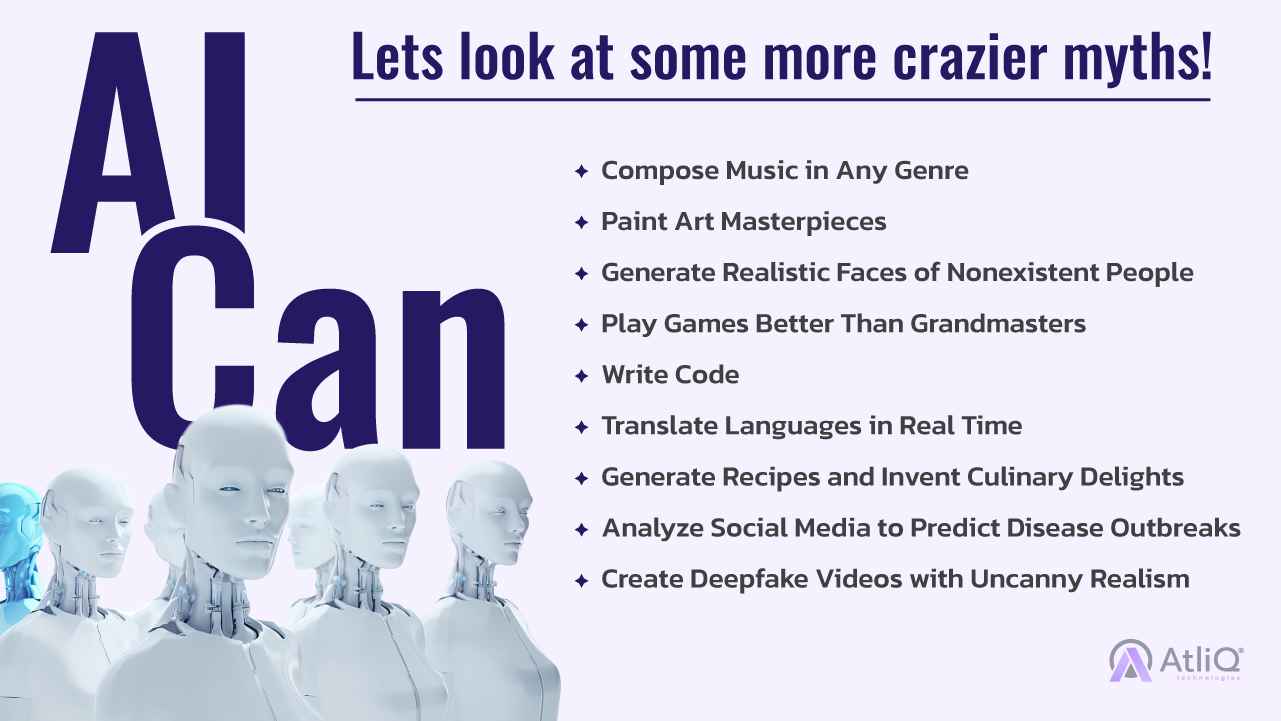
Emerging Trends in AI
The dynamic field of Artificial Intelligence (AI) is witnessing transformative developments that promise to reshape industries and societies. As the trends unfold, they not only signify the progress of AI but also emphasize the need for a thoughtful and inclusive approach. The future of AI is not merely about technological advancements; it’s about harnessing the power of AI to benefit humanity responsibly, ethically, and collaboratively. The journey into the next era of AI is not a solitary endeavor but a shared exploration into the boundless possibilities of intelligent technologies.
- Advancements in AI Research: In the relentless pursuit of excellence, AI research is experiencing a surge in breakthroughs. From more sophisticated machine learning algorithms to the exploration of quantum computing for AI applications, researchers are pushing the boundaries of what’s possible. The emergence of explainable AI and the quest for achieving artificial general intelligence (AGI) are captivating the minds of scientists and innovators worldwide.
- Ethical Considerations and Regulations: As AI becomes increasingly intertwined with our daily lives, ethical considerations and regulatory frameworks are taking center stage. The need for transparency, accountability, and fairness in AI algorithms is prompting governments, organizations, and researchers to collaborate on establishing robust ethical guidelines. Initiatives like the EU’s AI Act and ongoing discussions within global forums underscore the urgency of creating an ethical framework that aligns with societal values.
- Integration of AI into Various Industries: AI is transcending its experimental phase to become a cornerstone of innovation across industries. In healthcare, AI is revolutionizing diagnostics and drug discovery. The finance sector leverages AI for risk assessment and fraud detection. Smart manufacturing is optimizing production processes through AI-driven predictive maintenance. From agriculture to education, AI is permeating diverse sectors, streamlining operations, and unlocking new possibilities.
- Collaborative Efforts for Responsible AI Development: The realization that responsible AI development requires a collective effort is driving collaborative initiatives. Industry leaders, academia, and policymakers are joining forces to address challenges like bias, privacy concerns, and the societal impact of AI. Organizations such as the Partnership on AI and the Responsible AI Forum are fostering cross-sector collaboration to ensure that AI technologies are developed and deployed responsibly, with a keen awareness of their potential societal implications.
It is evident that AI, far from being a flawless force set to dominate humanity, is a tool that complements and enhances human capabilities. By debunking the myth of infallibility, we can recognize the importance of responsible development, ethical considerations, and ongoing efforts to mitigate biases within AI systems. In the face of emerging trends, from ethical considerations to regulatory frameworks, the journey of AI development is shaped by our collective responsibility. By staying informed and engaged in discussions surrounding AI, we can contribute to the creation of a future where artificial intelligence is not only advanced but also ethically sound and aligned with human values.
So, if AI can write award-winning novels, predict traffic with cat videos, and rap better than your teenager, what’s next? AI-powered fashion shows for robot dogs? Dating apps for self-driving cars? Who knows, maybe we’ll see an AI rom-com starring Siri and Alexa – with Google Assistant as the sassy best friend, of course. The possibilities are endless, and frankly, a little terrifying.
